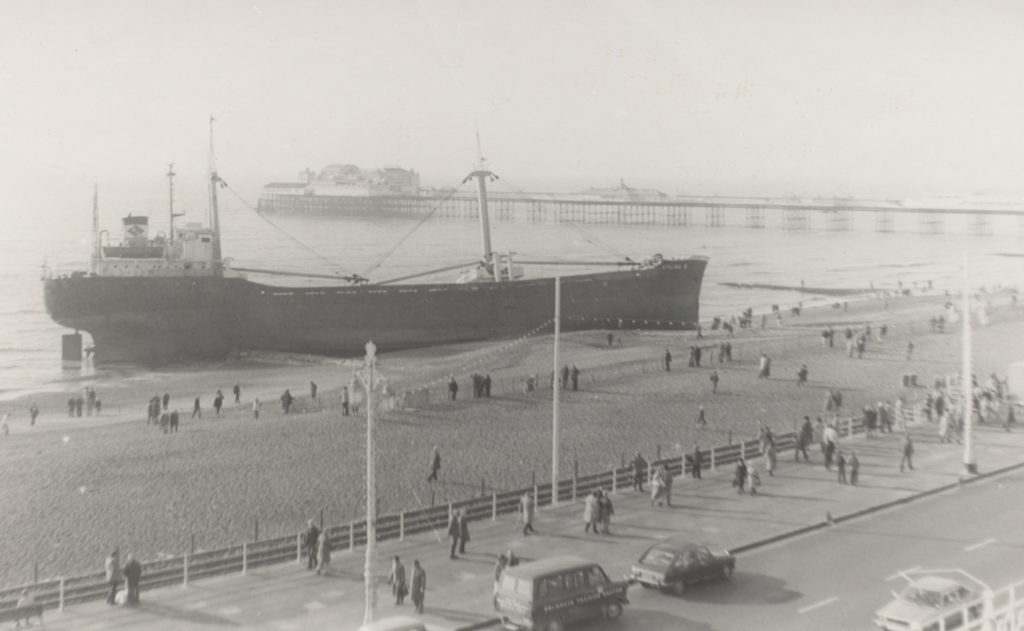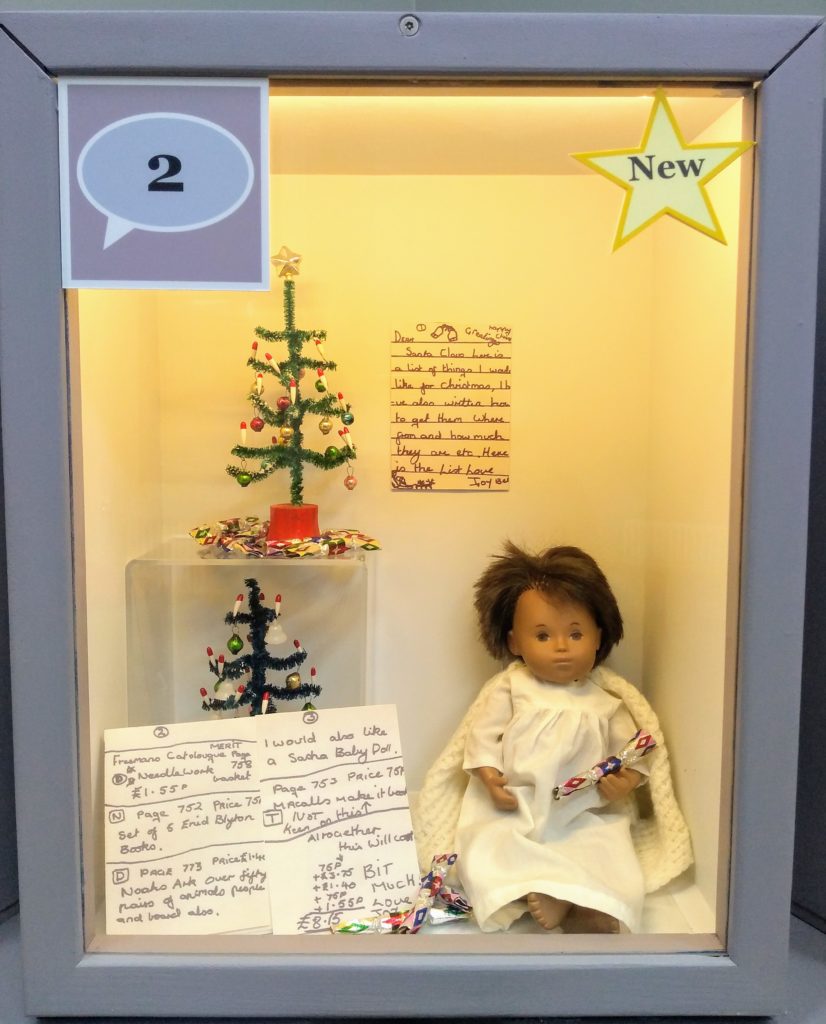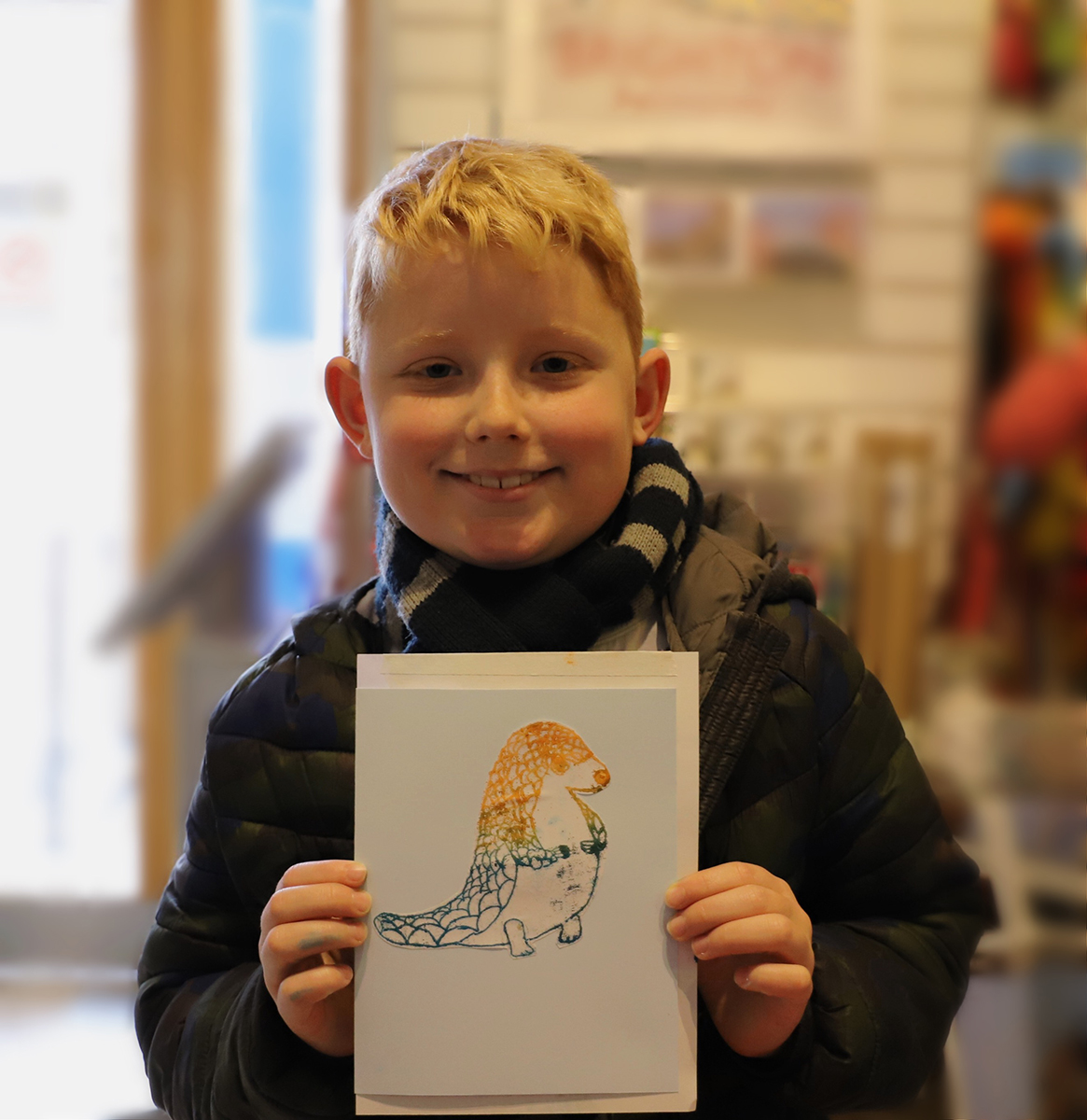
This is a legacy story from an earlier version of our website. It may contain some formatting issues and broken links.
Digital Manager Kevin Bacon on how a new experimental app can change the way we tell stories about our exhibits and transform the visitor experience.
Last month, two researchers from the IT University of Copenhagen came to Brighton Museum to test out a new app they have designed for use in museums.

Photo credit: Anders Sundnes Løvlie
Called the One Minute Experience, the app allows visitors to scan artworks and other exhibits in the museum to reveal stories about the objects. While there are a few products on the market that provide similar functionality for museums and galleries, One Minute Experience has a couple of features that, in my view, make it a distinct and exciting tool.
First, rather than relying on the user to scan a QR code or other graphic or text link, visitors using One Minute Experience simply photograph the exhibit to reveal the story. This removes the need for additional labels and clunky signage, and gives the user a more direct connection with the object.

Photo credit: Anders Sundnes Løvlie
Second, the app presents the story about the exhibit in the form of bite-size sequential cards. The production of this content is backed by a story editor which helps writers frame their narrative around a series of prompts.

For me, this is the really innovative feature of One Minute Experience. I’ve struggled in the past with directing people to create content for audio guides and the like, as it is very difficult to write for the ear or for a reader who is using the text as part of a broader experience. Most of us, when asked to write a description or tell a story, tend to lapse into default modes of communication. This can often result in gallery apps being filled with long text that may be suitable for a journal article or blog post, but is almost indigestible to a visitor standing in a museum gallery.
By providing a structured process that guides the writer through creating a simple narrative, One Minute Experience offers a tool that could assist the production of much more accessible content for museum guides. It may even help new writers bypass the common anxiety of the blank page.
Testing the Story Editor
We hosted Anders Sundnes Løvlie and Tim Wray of the Gift project team for three days in Brighton Museum. The first two days were focused on testing the story editor. Ten participants took part in this test, a mix of Royal Pavilion & Museums staff and people from outside of the museum.
The variety of participants was important to us, as we wanted to test the potential for One Minute Experience to work as a tool for enabling people outside of the museum to bring their stories and observations into our galleries. Community co-production is a vital aspect of our work and a key commitment in our manifesto, but it comes with challenges. Indeed, the problem I identified above, of people creating over-long content for museum guides, is not restricted to professional staff.
While it’s not surprising that museum curators and other colleagues — who are passionate about our collections and have an awful lot to say about them — will struggle to self-edit, people from outside the museum often have the exact same problem. Sometimes that is because they are subject experts too, but from past experience I have found that when invited to contribute to a museum tour or exhibition, people from outside of the museum often start writing and speaking as if they are a curator. That is a challenge is you are trying to move away from traditionally curatorial approaches to interpretation, or simply wish to capture an alternate tone of voice.

Photo credit: Anders Sundnes Løvlie
The testing on these two days showed that One Minute Experience has the potential to address this problem, particularly if the use of the story editor can be built into a collaborative workshop. There was also some evidence that it alleviates the fear of the blank page, by encouraging the writers to respond to suggestions rather than create a story from scratch.
As the story editor is designed to work well on a mobile phone, it was even possible for the participants to write their stories while standing in front of the exhibit. That may not be ideal for many writers, but it provides one key advantage: it is much easier to understand your audience when you know they will be standing in exactly the same spot as you when reading the story, and will be able to see the same details that you can observe.
Testing the Visitor Experience
The last day in Brighton was spent testing the visitor experience with people who happened to come into the museum on that day. While the data has not yet been shared or fully analysed, I was struck by the positive response. I was particularly impressed by a family who clearly spoke English as a second language and hugely enjoyed the experience of using the app. Non-native speakers are always great test subjects for any sort of interpretation that relies heavily on language, and the short structured narratives used in One Minute Experience worked very well for them.
It was also evident that many visitors treated the app experience as if it were a scavenger hunt. That was partly down to the design of the test: each participant was given a list of exhibits that could be scanned with the app and had to go and find them. But it was clear that many visitors enjoyed navigating the museum in that way, almost aside from the app experience. Although we already accommodate this exploratory behaviour through trails for children, it’s not something we have tried to encourage with wider audiences or in digital media. Yet there is evidently a demand for this type of visitor experience.
When designing and considering intepretation tools such as One Minute Experience, we commonly think of them through a narrow lens, focusing on how they help the user learn more about an object. As a result, it is easy to overlook how audio guides and other mobile interpretation can transform the entire museum visit. If the One Minute Experience app can significantly change the way visitors navigate the museum and engage with the collections on display, then it offers an entirely new mode of visit. That elevates its potential beyond creating new learning experiences, to becoming a means of encouraging repeat visits and appealing to new audiences with needs and motivations that are not met by more established forms of interpretation.
Europeana and Lisbon

Photo credit: Anne Rørbæk Olesen
At the end of November I was fortunate to be invited to the Europeana conference in Lisbon, with all costs supported by the Gift project.
The first day of the conference was dedicated to showcasing a number of projects, supported by Europeana, including Gift. Along with representatives of the other partners museums, I took part in a discussion panel talking about how we had used the Gift project to experiment with new ways of working. For me, one of the benefits of the project has been the chance to work with international partners to experiment with creating and testing new digital experiences that we simply would not have the resources to do on our own.

Photo credit: Anne Rørbæk Olesen
The conference also provided an opportunity for the Gift team to showcase some of the tools created by the project, including Blast Theory’s Gift Experience, which we hosted at Brighton Museum this summer. Having spent quite a bit of time with the creators of two of these tools, it was great to see how much interest there is from other museum practitioners.
 I was also pleased to see Martha Gunn appearing on screen at a presentation about the Gift tools. Having worked in local history for a few years before becoming the digital lead at Royal Pavilion & Museums, it always feels good to sneak characters from Brighton’s past into spaces where they wouldn’t be expected to appear. Quite what Martha would have made of her portrait being displayed to a group of European heritage professionals in Portugal, I cannot imagine.
I was also pleased to see Martha Gunn appearing on screen at a presentation about the Gift tools. Having worked in local history for a few years before becoming the digital lead at Royal Pavilion & Museums, it always feels good to sneak characters from Brighton’s past into spaces where they wouldn’t be expected to appear. Quite what Martha would have made of her portrait being displayed to a group of European heritage professionals in Portugal, I cannot imagine.
App, app and away?
You may wonder why we’ve spent so much time this year experimenting with mobile apps. In addition to One Minute Experience and the Gift Experience we also launched an in-house developed web app in September, designed to deliver accessible content about our Floating Worlds exhibition in Brighton Museum.
Mobile experiences are likely to be a growing part of our digital offer over the next few years, but they come with a host of questions. How far can we rely on users’ own phones rather than supplying devices? Can fully we move away from ‘native apps’ that need to be installed on a phone to ‘web apps’ that are much more accessible and sustainable? How can we best create digital experiences where the screen is a conduit to ideas rather than the focus of attention? Who should be telling these stories? How can we best accommodate user and community created content?
Working with the Gift project partners over the last three years has helped shape some of my thinking around these questions. I also hope it will have some direct benefits to our museums. Although the Gift project is wrapping up, we will continue to work with the IT University of Copenhagen over the next couple of months to improve some aspects of the One Minute Experience, and see how we can deploy it in our museums. We are also considering whether to adopt Blast Theory’s Gift Experience on a longer term basis in Brighton Museum.
So do keep your eyes — and your ears — peeled.
Kevin Bacon, Digital Manager
This project has received funding from the European Union’s Horizon 2020 research and innovation programme under grant agreement No 727040 (the GIFT project).
More information
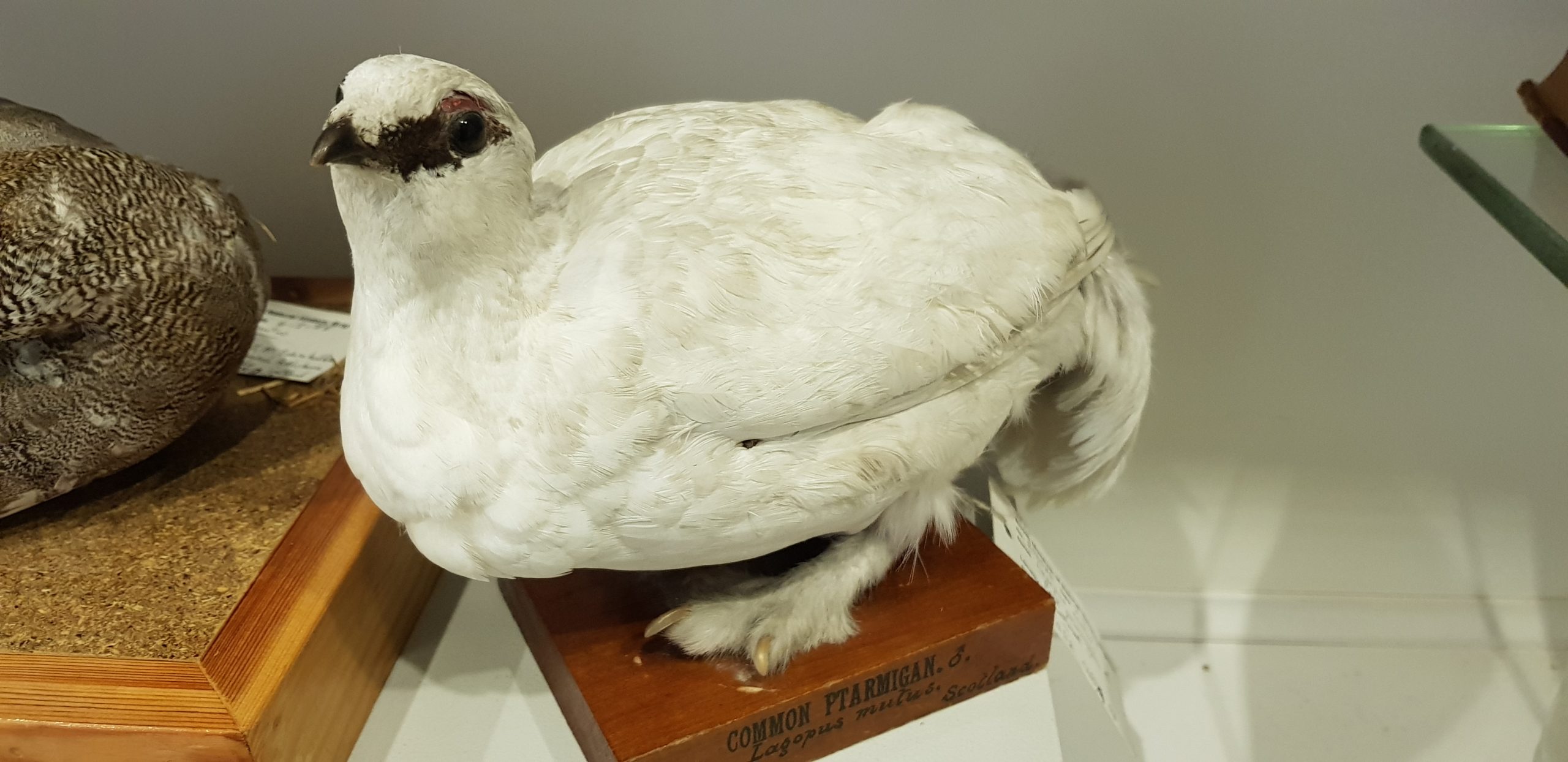


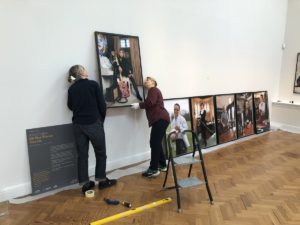



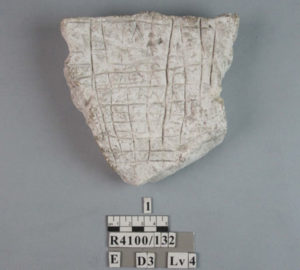




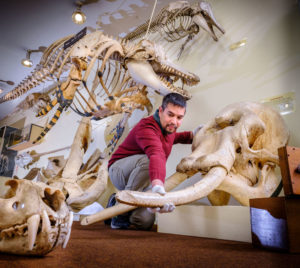


![Common_dolphin_NOAA NMFS [Public domain]](https://rpm-2015webimages.s3.eu-west-2.amazonaws.com/sites/7/2020/01/Common_dolphin_noaa-300x195.jpg)
![Common cuttlefish, Marie Bournonville [CC BY-SA (https://creativecommons.org/licenses/by-sa/4.0)]](https://rpm-2015webimages.s3.eu-west-2.amazonaws.com/sites/7/2020/01/Sepia_officinalis_2-300x197.jpg)
